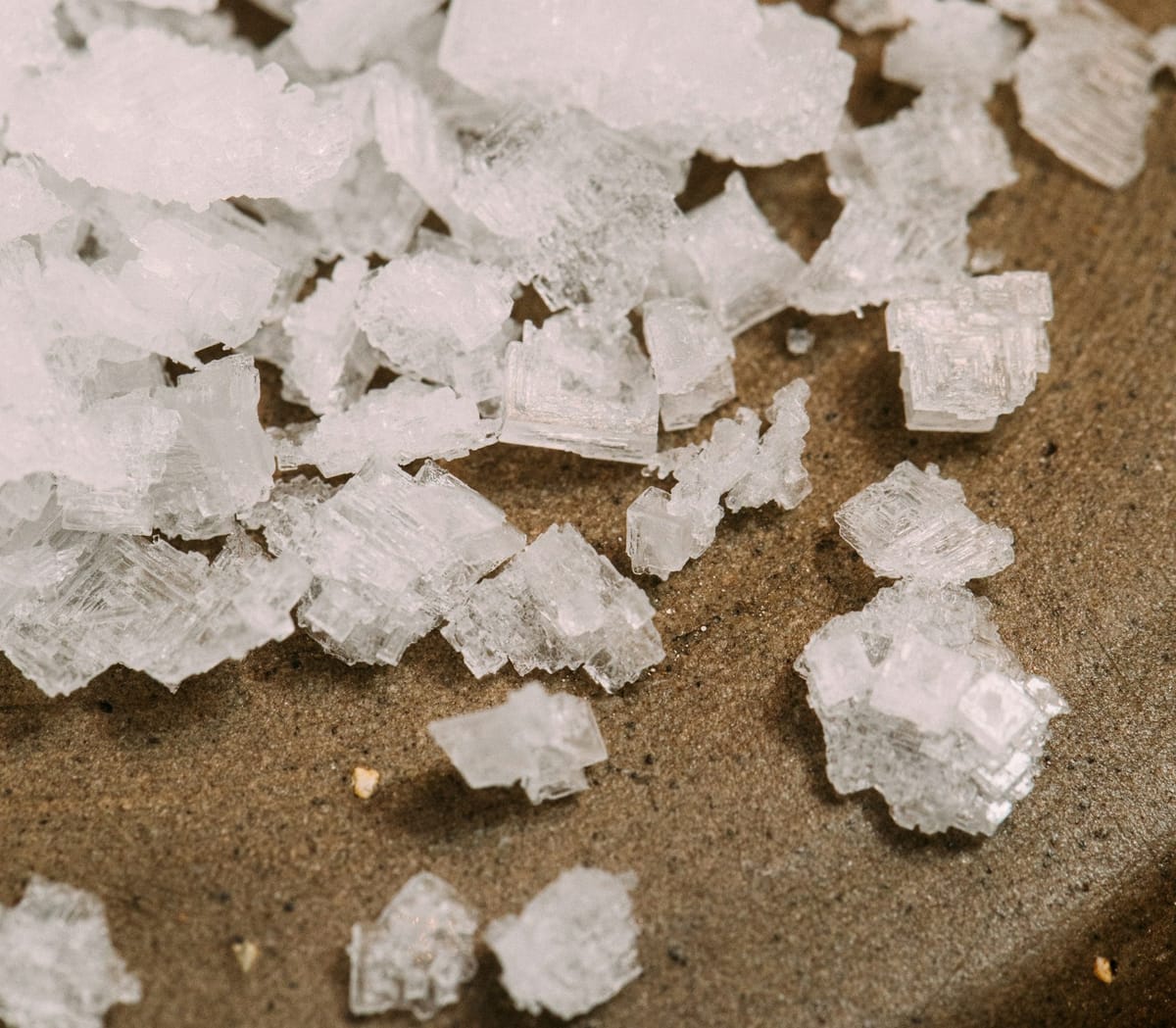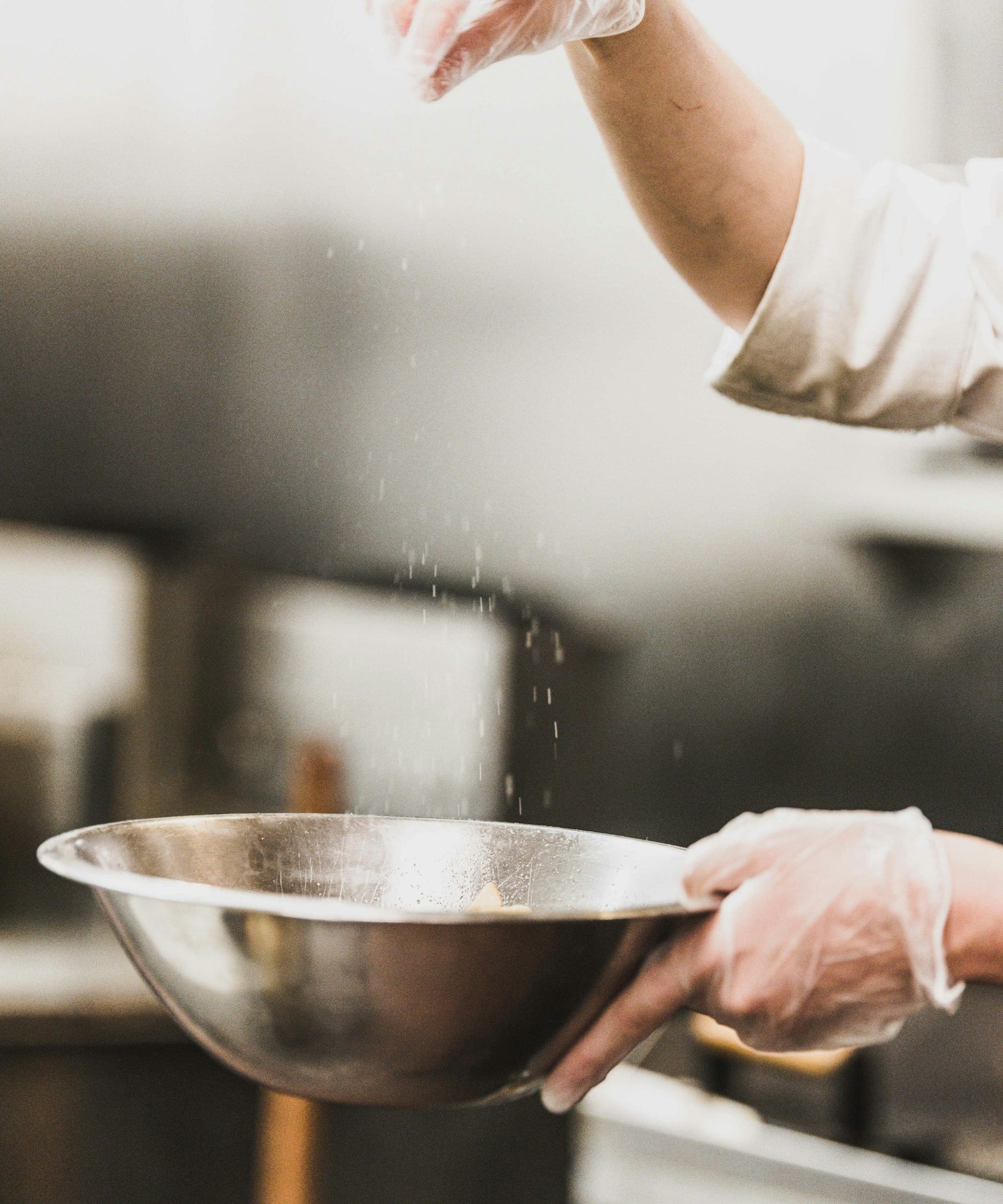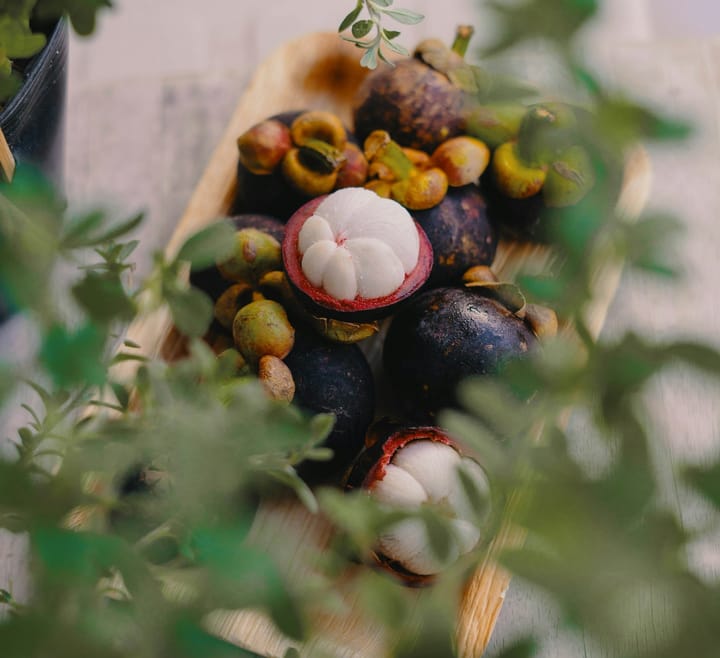Salt: The Essential Element of Culinary Excellence
Beyond mere seasoning, salt is the master key of flavor, unlocking the hidden depths of taste and transforming ingredients into culinary masterpieces through its unique chemical and sensory properties.

Salt is perhaps the most fundamental and transformative ingredient in culinary history.
This crystalline mineral, composed primarily of sodium chloride (NaCl), has shaped human civilization, driven trade routes, and continues to play an irreplaceable role in both our nutrition and gastronomy.
Understanding how salt affects our food and why it's crucial in cooking can help us become better cooks and more informed consumers.
The Science of Salt and Taste
At its most basic level, salt is a flavor enhancer that works through multiple mechanisms.
When dissolved, salt breaks down into sodium and chloride ions, which interact with our taste buds through specialized receptor cells.
These cells are specifically designed to detect saltiness, one of the five basic tastes alongside sweet, sour, bitter, and umami.
However, salt's role in flavor goes far beyond simply making foods taste "salty."
It acts as a flavor amplifier, enhancing the overall taste profile of foods through several fascinating mechanisms:
Enhancement of Volatile Compounds
Salt increases the volatility of aromatic compounds in foods, essentially making them more readily available to our olfactory receptors.
When we eat, these compounds travel through the retronasal passage to our smell receptors, contributing significantly to what we perceive as flavor.
This is why a properly salted dish doesn't just taste saltier – it tastes more like itself.
Suppression of Bitterness
Salt has the remarkable ability to suppress bitter flavors while enhancing sweet, sour, and umami tastes.
This occurs because sodium ions interfere with the perception of bitterness at a cellular level.
This is particularly useful in cooking vegetables like Brussels sprouts or eggplant, where reducing bitterness can make these nutritious foods more palatable.
Salt and Umami: A Special Relationship
The relationship between salt and umami deserves special attention. Umami, often described as savory or meaty, is the taste sensation produced by glutamates and nucleotides found naturally in foods like tomatoes, aged cheeses, and fermented products.
Salt works synergistically with umami compounds, amplifying this savory taste and creating what chefs call "flavor depth."
This interaction explains why adding salt to tomatoes makes them taste more tomato-like, or why a sprinkle of salt on aged Parmesan cheese intensifies its complex flavor profile.
The combination of salt and umami creates a flavor-enhancing effect greater than the sum of its parts.
Physical Effects of Salt on Food
Salt's influence on food extends beyond taste to affect texture and chemical composition:
Moisture Control and Texture
Salt is hygroscopic, meaning it attracts water molecules. In cooking, this property can be used to:
- Draw moisture out of vegetables through osmosis, creating crunchier pickles or ensuring crispy stir-fries
- Tenderize meat through brining, where salt helps muscle fibers retain moisture during cooking
- Create proper texture in bread by controlling yeast growth and strengthening gluten structures
Preservation and Fermentation
Historically, salt's ability to inhibit bacterial growth made it essential for food preservation. In modern cooking, this property is still utilized in:
- Fermentation processes for foods like sauerkraut and kimchi
- Curing meats and fish
- Cheese-making, where salt helps control moisture content and microbial activity
The Importance of Proper Salting Techniques
Understanding when and how to use salt is crucial for successful cooking:
Timing Matters
The timing of salt addition can significantly impact the final dish. Early salting allows the seasoning to penetrate food more thoroughly, while finishing salt adds texture and an immediate burst of flavor. For example:
- Salting meat hours before cooking allows for better moisture retention and seasoning throughout
- Adding salt to beans during cooking can toughen their skins
- Salting vegetables before sautéing helps release excess moisture for better browning
Types of Salt in Cooking

Different types of salt serve various culinary purposes:
- Table Salt: Fine-grained and highly refined, with added iodine. Its consistent crystal size makes it reliable for baking.
- Kosher Salt: Preferred by many chefs for its pure taste and larger flakes, which make it easier to pinch and control portions.
- Sea Salt: Contains trace minerals that can add subtle flavors and is often used as a finishing salt.
- Fleur de Sel: Delicate hand-harvested sea salt crystals, prized for their texture and clean taste as a finishing salt.
Interesting Facts About Salt
- The word "salary" comes from the Latin "salarium," referring to the salt allowance given to Roman soldiers
- Salt was so valuable in ancient times that it was used as currency in many civilizations
- The average human body contains about 250 grams of salt
- The world's oldest known salt mine is in Austria, dating back to 5000 BCE
- Humans are genetically programmed to crave salt because it's essential for survival
Health Considerations
While salt is essential for life, maintaining proper sodium balance is crucial. The human body needs sodium for:
- Nerve signal transmission
- Muscle function
- Maintaining proper fluid balance
- Blood pressure regulation
However, excessive salt consumption can lead to health issues. The World Health Organization recommends limiting sodium intake to less than 2000mg per day (about one teaspoon of salt).
Culinary Best Practices
To make the most of salt in cooking:
- Season throughout the cooking process rather than just at the end
- Taste frequently and adjust seasoning gradually
- Consider the natural saltiness of ingredients (cheese, cured meats, etc.)
- Use finishing salts judiciously to add texture and visual appeal
- Remember that cold foods need more seasoning than hot foods to taste properly salted
Understanding salt's multifaceted role in cooking empowers us to use it more effectively.
Whether enhancing flavors, improving textures, or preserving foods, salt remains an indispensable tool in the culinary arts.
Its ability to transform and elevate dishes makes it truly deserving of its title as the cornerstone of cooking.


